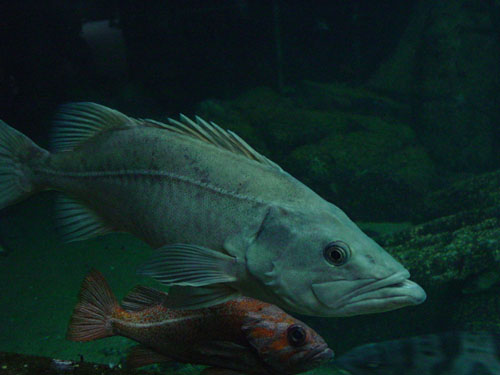

His recommendation for distracting your mind with flavor? “Take the hind saddle, bone-in, and put a honey mustard dressing on it with brown sugar, then put it on a barbecue pit,” he advised in an article for Modern Farmer. But still the Nutria remain, gnawing away at the state’s marshes and damaging the local ecosystem.Ĭhef Phillipe Parola has made a career out of cooking up invasive species, including the hairless-tailed, orange-toothed Nutria. Today, the market for their fur has nearly vanished. Nutria have been eroding the Louisiana coastline ever since they arrived in the 1930s, thanks to fur farms that raised them for their silky pelts. But Nutria, which come from South America, can be delicious. These little mammals look like a cross between a beaver and a rat, a fact some people don’t find very appetizing. If you like eating their smaller relatives, you’ll likely love these massive versions, which are considerably meatier. Asian Tiger ShrimpĪlso known as “giant cannibal shrimp,” the Asian Tiger Shrimp is native to Asian and Australian waters, where they can grow up to 13 inches long.Īsian Tiger Shrimp were introduced to the United States when 2,000 of them were accidentally released from an aquaculture facility in South Carolina. But they’re still not a common menu item in the U.S., despite efforts to encourage fishermen to catch and market them as food. It’s an ugly fish, but it actually tastes much better than it looks! By Pawar Pooja (Own work) CC BY-SA 4.0 3. They’re often eaten in Thailand and Vietnam, among other places. In 2011, the Oyster Recovery Partnership hosted a fundraiser in which nine well-known chefs competed in cooking up snakeheads and serving their filets on dressed-up platters. Whenever and wherever they appear, they run the show. The long, eel-like fish is big enough to hunt fish like Bass and Perch. The Snakehead Fish is native to Asia and Africa, but they’ve been appearing in the waterways of Maryland and Florida for over a decade now. READ MORE: 5 Weird Things The French Consider Delicacies By Brian Gratwicke – Snakehead – Channa argus, CC BY 2.0 2. New Haven, Connecticut sushi restaurant Miya’s does just that, serving these crabs as a crunchy appetizer. Just heat up some olive oil in a large skillet and submerge the Asian Shore Crabs until they turn a beautiful, bright orange. You can actually fry them up like popcorn. These little invaders also happen to be bite-sized, making them the perfect shellfish snack.

Asian Shore Crabs are resilient and they’re breeding in rapid numbers- thriving from North Carolina up to Maine- which makes them threatening to local ecosystems. But they’ve arrived, and they’re threatening the populations of their native cousins. Asian Shore Crabīlue Crabs, Rock Crabs, and Lobsters are all crustaceans that are native the Northeastern coast of the United States. Eating invasive species is also a great way to consume meat (or plants) while doing something positive for the environment.Ĭheck out our list of 10 invasive species you can eat, helping to protect the planet in the process! 1. Eating less meat is a big one that’s becoming increasingly popular. And the pesticides used to protect our produce from bugs and weeds do terrible things to the Earth.īut there are also many ways to adjust our diets to be more eco-friendly. The raising of livestock contributes about 18% of all human generated greenhouse gases. It’s a well-known fact that our diets can have a serious impact on the environment, for better or worse. From plants such as Dandelions and Kudzu to animals such as Lionfish and Nutria, many of these invasive species are harmful to the ecosystems to which they’ve been introduced. The world’s invasive species list seems to be growing every year.


 0 kommentar(er)
0 kommentar(er)
